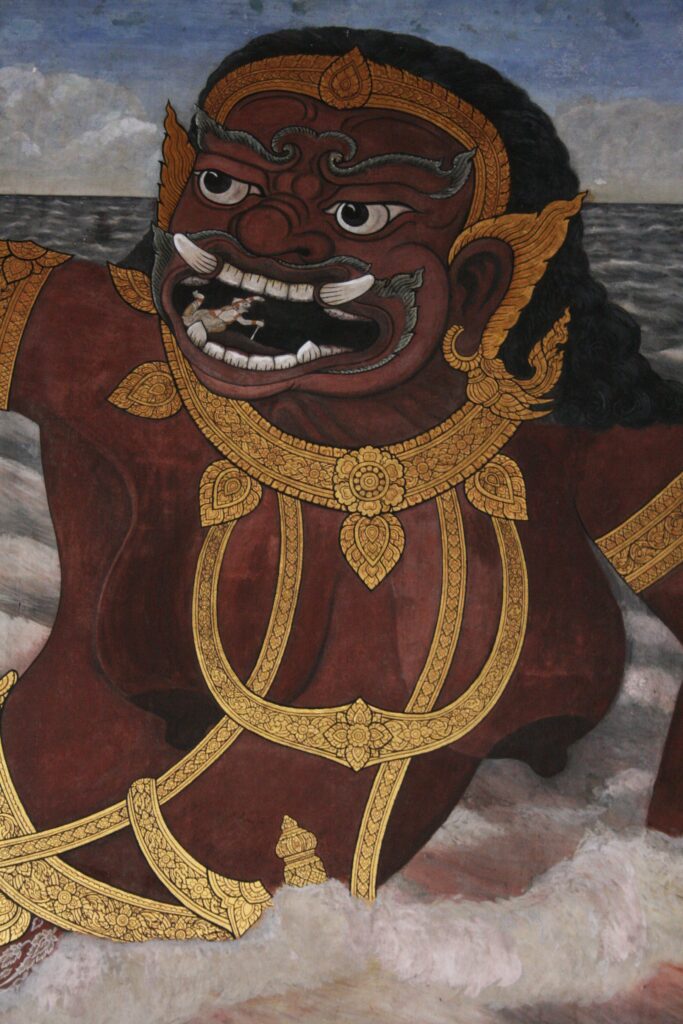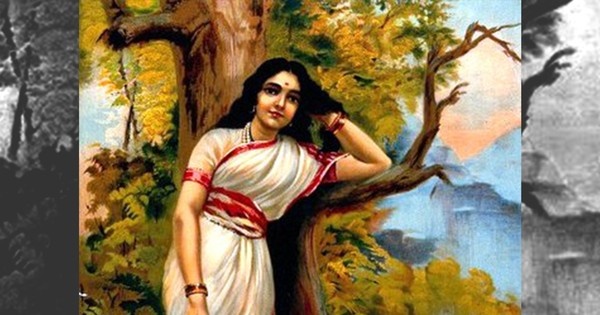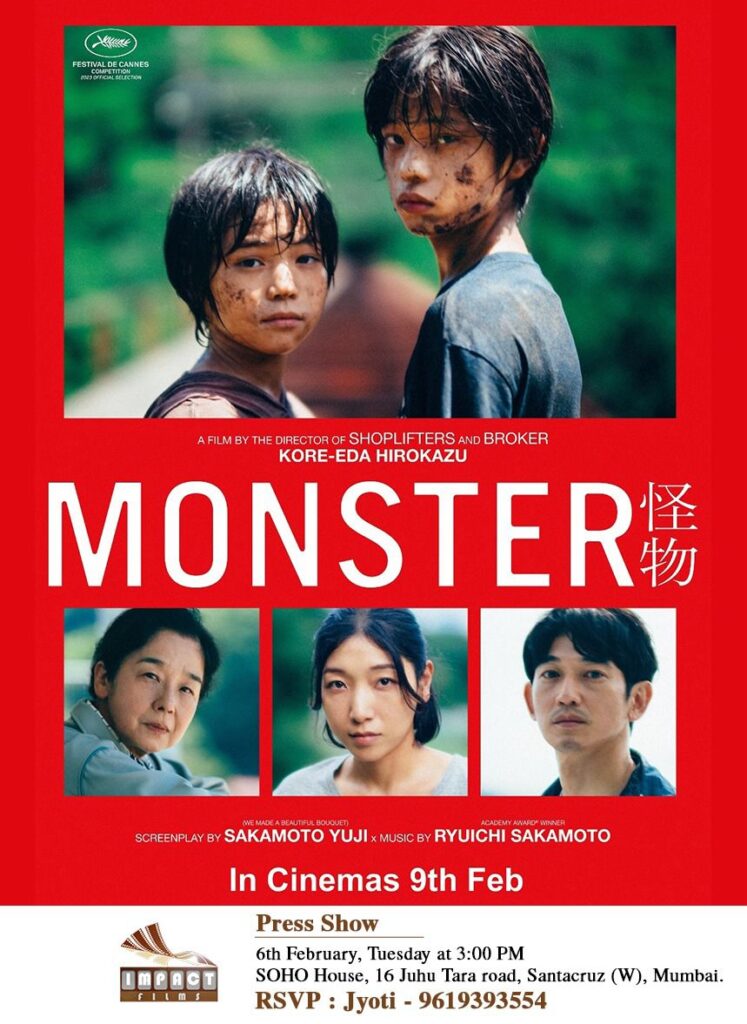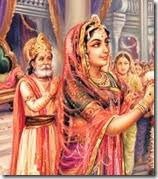
Simhika is a rakshasa who encounters Hanuman when he travels to Sri Lanka. When king Sugriva sent his army under the leadership of Hanuman to search for Sita, he warned him of a giantess Angara who resided in the Southern Sea. Angara had the ability of drawing
Anyone who crossed the sea towards her and when Hanuman jumped to Larika from the mountain of Mahendra, Angara pulled him to her by his shadow. Clearly, Simhika also known as Arigaraka was not an ordinary rakshasi and Hanuman experienced a storm raging around him. It was a struggle but Hanuman managed to grab the monster with an uncouth face and a mouth as wide as the hole of Patala (the nether world). Hanuman defeated her eventually and Simhika collapsed on the floor unable to stop Hanuman on his journey to rescue Sita.







Recent Comments